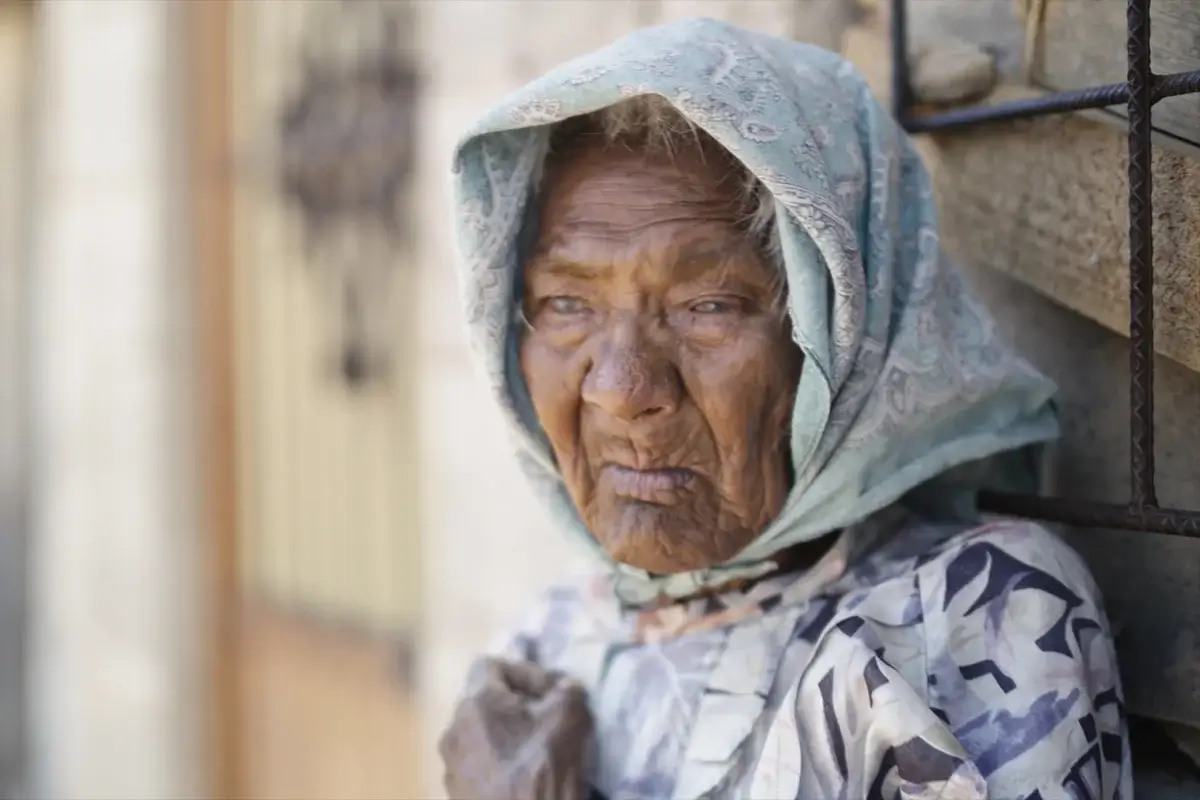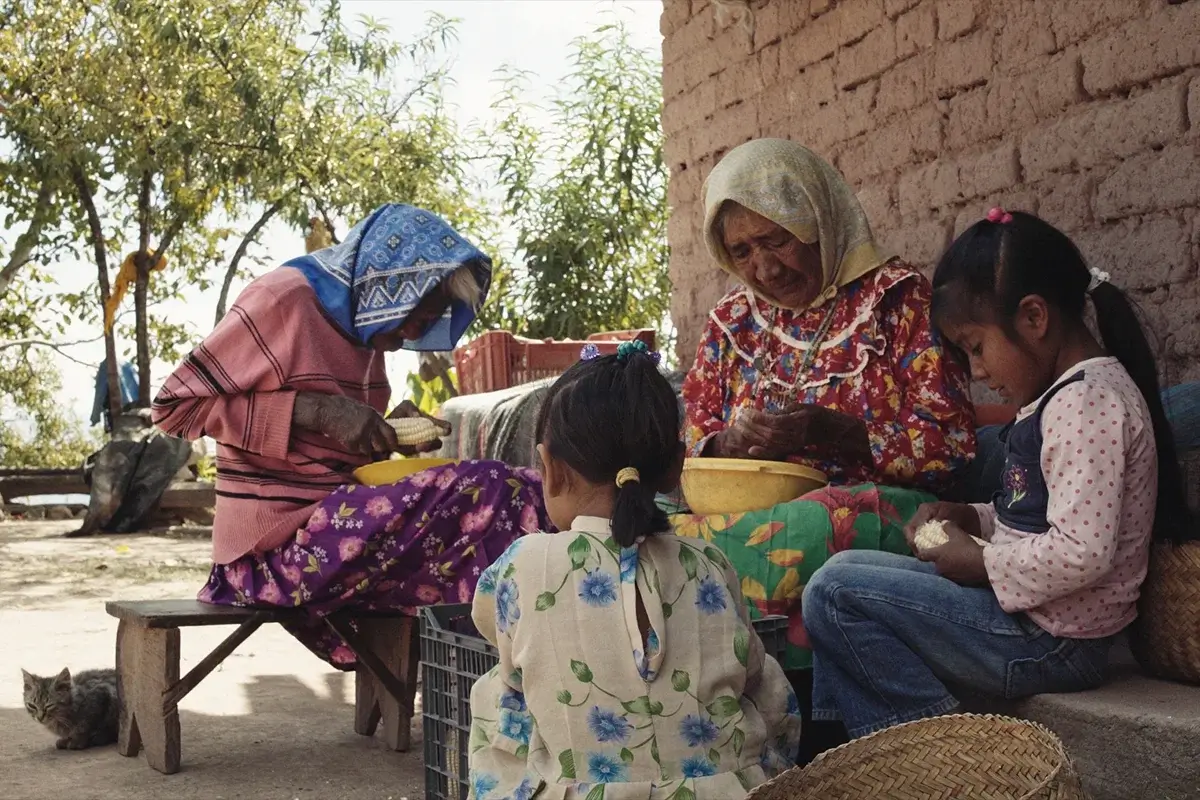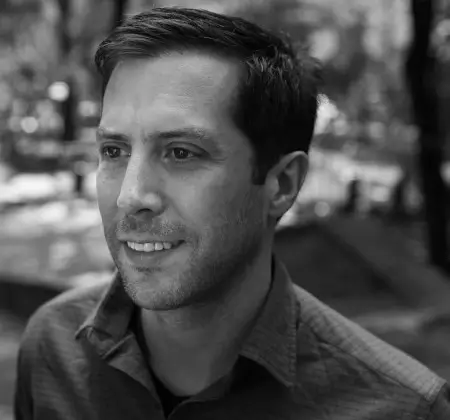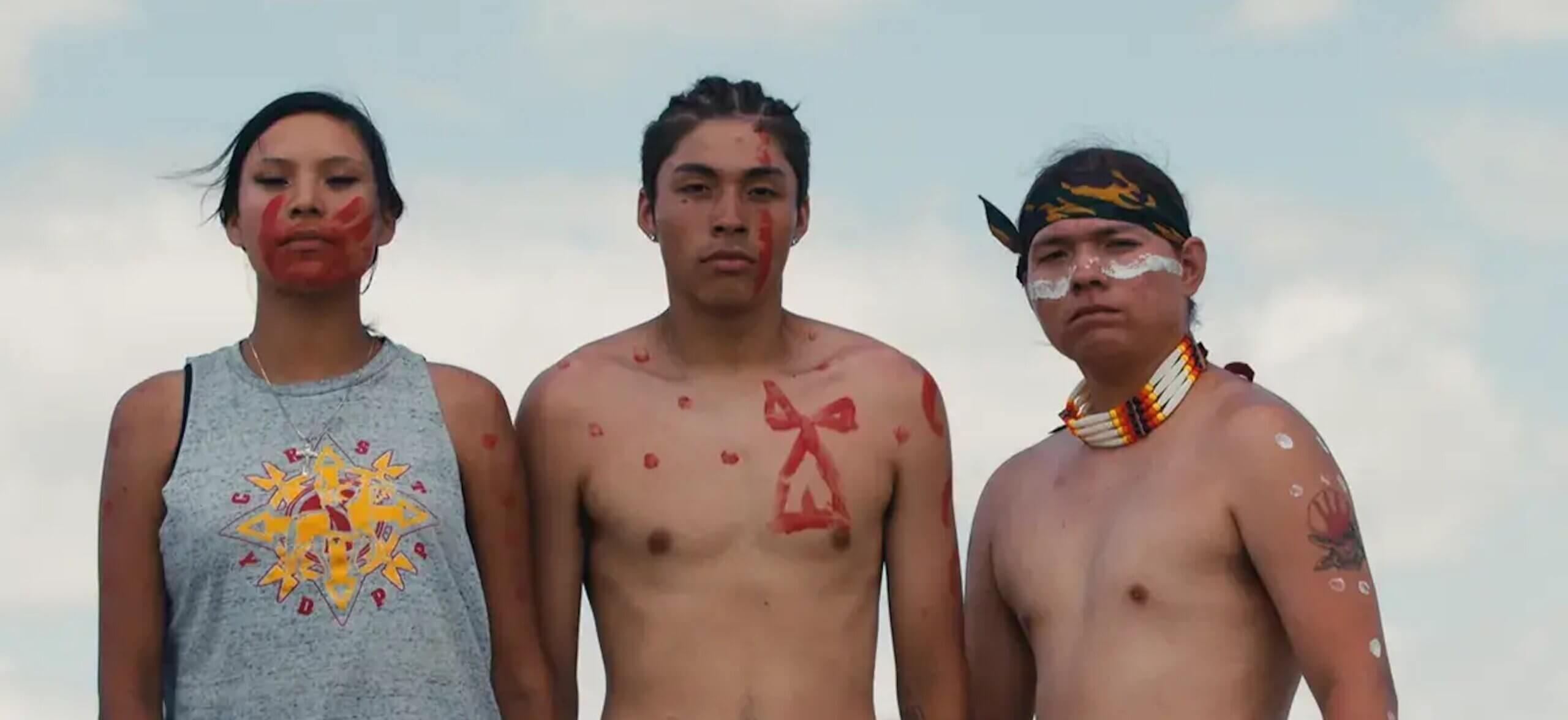We sat down with the director of The Woman of Stars and Mountains to talk about the Tarahumara people, social justice, and Rita Patiño's incredible story of resilience.
Scattered across the Sierra Madre Occidental and the deep gorges of the 'Copper Canyon' in the Mexican state of Chihuahua,
the Tarahumara, or Rarámuri, are one of the largest remaining Indigenous nations in North America.
Renowned for their exceptional endurance as long-distance runners, the Rarámuri, meaning "those with light feet," have maintained a profound connection to their land and native Uto-Aztecan language. This deep-rooted spiritual tradition of running would transform the life of Rita Patiño, a Tarahumara woman.
In 1983, Rita left her mountain community and embarked on a 1,200-mile journey to Kansas, where she was found dehydrated and exhausted in a local church. Unable to communicate due to a language barrier, authorities detained her in a psychiatric hospital for 12 years. She was eventually returned to her community in 1996, forever altered by her experience.
Filmmaker
Santiago Esteinou's
Mukí Sopalírili Aligué Gawichí Nirúgame (The Woman of Stars and Mountains) explores Rita's journey, highlighting the neglect, injustice, and identity struggles she faced. An interdisciplinary story relevant to Indigenous and Latin American studies, human rights, and sociology, The Women of Stars and Mountains presents a moving portrait of the discrimination that Indigenous women face.
A compelling case study for courses in Indigenous studies, ethnography, linguistics, and human rights, through its in-depth exploration of Tarahumara culture and Indigenous resilience,
The Woman of Stars and Mountains honors the spirit and culture of the Rarámuri people while also spotlighting the broader implications of Rita's story for Indigenous culture and social justice.

Rita Patiño
We sat down with Esteinou to discuss the inspiration behind the film, the challenges of bringing this complex story to the screen, and the broader implications of Rita Patiño's journey.
What inspired you to tell Rita Patiño's story?
A friend gave me a book,
Born to Run by Christopher McDougal, about an American runner, who went to live in the mountains with the Rarámuri. When I got to page 82 I found just a very short sentence where the author was talking about how important the running tradition is among the Tarahumara, and in it, he mentioned a woman whose running took her from Chihuahua to Kansas, where she was institutionalized in a psychiatric hospital for 12 years.
What interested me were the human rights violations in the case. Rita was held in a hospital and no one could understand who she was and where she came from. Her culture was - I don't want to say criminalized, but it was confused with symptoms of mental illness. It says a lot about how in America we really don't understand anything at all about Mexican Indigenous cultures.
Rita's story is poignant and deeply unjust, it's hard to believe how much racism and neglect she faced from the US judicial system, medical practitioners, and also from the cartels once she was back home with Juanita. What does her story say about how Indigenous and Mexican communities are treated by society today?
Rita faced discrimination in the United States, but she was also discriminated against in Mexico. As I was doing my research, we found a whole history of discrimination against Rita in Mexico, and initially, we didn't know about that.
As we started to make the film, we really had to answer the question, 'Who was Rita?' What we found was that she was a woman who played by her own rules, who was very strong, and was not living a life under the very strict gender rules in her community, and she paid a high price for that. Being accused of being a bad woman, being a witch and doing witchcraft, being accused of being a bad mother. There are all these stigmas that not only have to do with the fact that she was an Indigenous woman but also the fact that she was a woman. I think it was very interesting to see this intersection.
We faced that when we unraveled her story. Initially, we were very upset with what we knew had happened in the U.S., but as we found out more, we found a whole history and context behind it that made us understand why Rita ended up in Kansas, and how she ended up the way she did in Mexico.
From watching the film there seem to be several interlocking threads that speak to injustice and 'disconnect': the community's disconnect from its Indigenous roots, the broader societal disconnect from empathy and the pervasive racism faced by immigrants and the Latino community, and the familial disconnect evident in Rita's separation and loss from her son and community.
How did you navigate and weave these themes together in the documentary, and what do you hope viewers will understand about these interconnected forms of disconnection and their impact on individuals like Rita?
What Rita's life teaches about discrimination is that it operates in multiple layers. That's the intersectionality in it. Solutions need to not oversimplify the situation but look at the complexity of it. There are levels that apply to her being a woman, a mother, an Indigenous person, an immigrant, and a disabled person at some point in her life, it tends to add to the issues. We need to stop discrimination at all of these points because it starts to grow and grow like a snowball.
When discrimination is not solved, even with the best intentions, even where you apply reparations to that person - and in this case, Rita never received her reparations - we really have to question how discrimination operates in our societies. Ultimately, this is a story about silent discrimination in its worst form.

Tarahumara women
Language is very much at the center of this story as well. Can you elaborate on the cultural significance of the Rarámuri language and how you incorporated their traditions and perspectives into the film? What research was behind it?
First of all, it is very important to understand that when we think about the Tarahumara language, we tend to think about one language, and it's actually one language, with 5 variants. Sometimes those dialects aren't understandable between one another. The variant that Rita spoke, Rarómari Raicha, is the Western variant of the Tarahumara language.
The Rarómari people live in the mountains in the state of Chihuahua. They used to live closer to the city but when the Conquistadors came from Spain, they decided to move to the mountains. They're often referred to as the 'indigenous group that was never conquered' because they moved away to be able to keep living the way they do.
Some communities have adopted a syncretic mix of their religion and Christian traditions. Others have not accepted Christianity or Christian traditions. One of the things that was very interesting about Rita is that she was a very religious woman. All the chants and songs she was singing had a religious context. Singing and dancing, which is connected to maintaining and protecting the earth, is something that is very important for the Rarámuri people.
What research was behind your efforts to understand the Rarámuri culture and languages?
We worked with two linguistic advisors and an interpreter. Adrián Moreno, (Head of the Ethnic Cultures and Diversity Department at the Chihuahua State Secretary of Culture), was our lead linguistic advisor during the whole production process. Juanita, Rita's niece, was also a very good interpreter, being bilingual in both Rarómari and Spanish.
It was a formal decision to have the film narrated in Rarómari because otherwise, it would be a contradiction. You're criticizing the fact that you're making someone else defend herself in a European language and then when you make a film to try to do that again would be contradictory - I didn't want that.
Visually, the film recreates the path Rita took to get from Mexico to the United States, how important was it to showcase this journey?
Initially, I had a different idea of the approach of the film and it was going to be a more observational documentary. When Rita passed away (in 2018) we had to use other documentary techniques like interviews and we wanted to give the film a strong visual narrative.
So that's when Ángeles Cruz (who played young Rita) came onto the project. We decided to try to recreate this journey that Rita took from Chihuahua to Kansas. There was no certainty, but we followed what we believed was the easiest route that might have been taken, and just went with what we thought was the journey she did. It's a beautiful part of the world.
The film is accompanied by a study guide that provides guiding questions and resources for discussing the film's main themes. What are some additional resources you recommend for those interested in learning more about the Tarahumara and Rita's story in particular?
I am more familiar with academic publications in Spanish but I think one of the most important sources to understand the traditions and the cosmogony of the Rarámuri people is
Los Tarahumaras: Pueblo de Estrellas y Barrancas (The Tarahumara: People of Stars and Gorges) by Carlos Montemayor.
Also, the work of Romayne Wheeler, he's a musician and also someone who moved to the region and has lived with the Tarahumara people for many years (we're also making a film about him). He also has a book called
Vida ante los ojos de un rarámuri (Life in the eyes of the Rarámuri) that is worth reading.
Director’s Bio

Santiago Esteinou is a documentary filmmaker and producer from Mexico City. He studied cinematography at Mexico's Centro de Capacitación Cinematográfica and Temple University, in Philadelphia. Later, he completed a master's degree in Human Rights at the Latin American Faculty of Social Sciences.


 Santiago Esteinou is a documentary filmmaker and producer from Mexico City. He studied cinematography at Mexico's Centro de Capacitación Cinematográfica and Temple University, in Philadelphia. Later, he completed a master's degree in Human Rights at the Latin American Faculty of Social Sciences.
Santiago Esteinou is a documentary filmmaker and producer from Mexico City. He studied cinematography at Mexico's Centro de Capacitación Cinematográfica and Temple University, in Philadelphia. Later, he completed a master's degree in Human Rights at the Latin American Faculty of Social Sciences.
